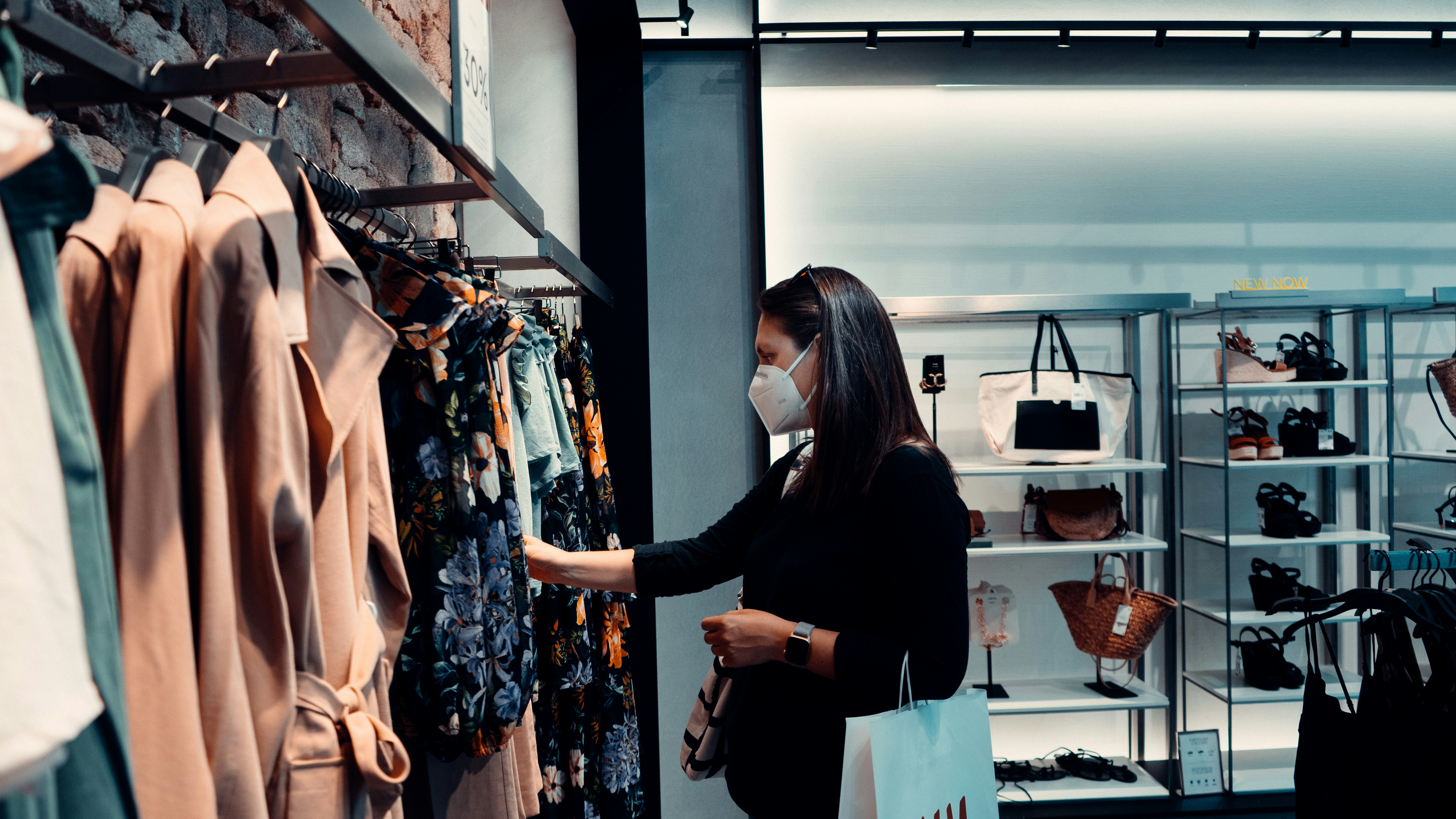The Resilient American Consumer: A Driving Force For Economic Growth

Despite various economic challenges, the American consumer has proven to be a resilient force, driving the country's economic growth beyond that of its G7 peers. This resilience has been particularly evident in recent years, as consumers have adapted to changing circumstances and continued to spend.
Initially, during the COVID-19 pandemic, American consumers used their savings to purchase home-exercise equipment and other goods. As the pandemic subsided, their spending patterns shifted towards experiences, such as beachside holidays and other leisure activities. This shift has powered American GDP growth, defying predictions of a consumer slowdown due to inflation.
One of the key factors behind this resilience is the strong labor market. With low unemployment rates and numerous job openings, Americans have a sense of income security that encourages spending. Additionally, consumer confidence has remained high, reflecting a generally positive outlook on personal financial situations.
Household balance sheets have also played a crucial role. Many households built up savings during the pandemic, providing a financial cushion that has supported continued spending. Furthermore, rising home equity has added to consumers' net worth, offering additional financial stability.
The economic impact of this resilient consumer spending has been substantial. It has significantly contributed to American GDP growth, helping the country outpace other G7 nations in economic performance. Consumer spending has been a major driver of overall economic activity, highlighting the importance of a strong consumer base for sustained economic growth.
However, it's important to acknowledge the warning signs that have emerged. Rising interest rates and increasing household debt levels pose potential risks to consumer spending. Credit card debt has reached new highs, and delinquencies are starting to rise, indicating that some consumers are struggling with their financial obligations.
Inflation remains a persistent issue. Although the rate of inflation has eased somewhat, it still erodes purchasing power. Wage growth has not kept pace with rising prices, making it harder for consumers to maintain their standard of living. This could lead to reduced spending on discretionary items and experiences, which have been key drivers of economic growth.
The depletion of savings accumulated during the COVID-19 pandemic is another challenge. While many households built up significant savings, these funds are being spent down, reducing the financial cushion that has supported consumer spending. Without this buffer, consumers may become more cautious in their spending habits.
Additionally, geopolitical uncertainties and global economic conditions could impact the American economy. Trade tensions, supply chain disruptions, and other external factors can create economic headwinds that affect consumer confidence and spending.
Despite these risks, there are reasons for optimism. The strong labor market, with low unemployment rates and abundant job openings, provides a foundation for continued economic stability. Moreover, many households still have significant home equity, offering financial stability even as savings dwindle.
Technological advancements and innovation continue to drive economic growth, creating new opportunities for businesses and consumers alike. The digital economy has seen substantial investment, leading to growth in various sectors and supporting consumer spending. Government policies and stimulus measures have also played a crucial role in supporting the economy, helping to mitigate some of the risks associated with rising interest rates and inflation.
In conclusion, the American consumer's resilience has been a critical factor in the country's economic growth. While there are challenges on the horizon, the strong labor market, consumer confidence, and healthy household balance sheets suggest that the American consumer will continue to play a vital role in sustaining economic growth. Balancing optimism with caution will be essential in navigating the potential risks and ensuring that consumer spending remains a driving force for the American economy.
Author: Brett Hurll
The Self-Destructive Nature Of Anti-Tourism Protests: Balancing Resident Concerns With Tourism Benefits
In recent years, anti-tourism protests have become increasingly common across popular tourist destinations. From the Bal... Read more
Military And Strategic Implications Of The Ukrainian Drone Attack In Kursk
On a recent morning, the Kursk region in south-western Russia witnessed an unexpected and significant event: a Ukrainian... Read more
Chinese Tech Stocks Gain Ground Despite Wall Street Technology Sell-Off
Chinese tech shares in Hong Kong gained on Friday, defying a technology stock sell-off on Wall Street, driven by strong ... Read more
Defense Pact Between Britain And Germany: A Focus On Cybersecurity And Joint Operations
In a move set to redefine European defense collaboration, Britain and Germany have signed a comprehensive defense pact a... Read more
US Secret Service Director Steps Down After Trump Assassination Attempt
Security lapses admitted by Kimberly Cheatle prompt resignation.Kimberly Cheatle, the head of the US Secret Service, has... Read more
Kamala Harris Promises A Brighter Future In Official Campaign Launch
In a vibrant and impassioned campaign launch, Vice President Kamala Harris vowed to lead America toward a "brighter futu... Read more

